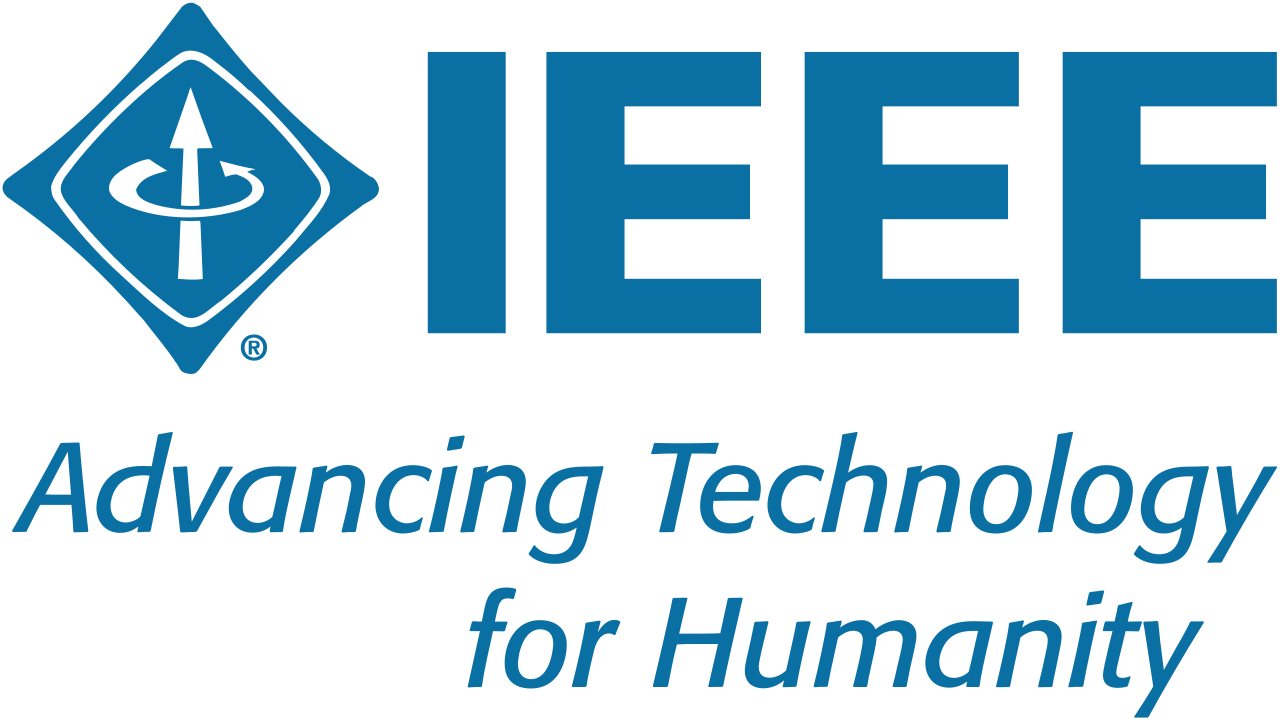Penerapan K-Means Clustering dan Cross-Industry Standard Process For Data Mining (CRISP-DM) untuk Mengelompokan Penjualan Kue
Abstract
Cake is a food that doesnt have long durability. This will cause the cake producer to suffer a losses if the product is not sold out at the expiration date. With the availability of cake sales data, the sales potential will be clustered according to the date of sale using K-Means method. The data mining process used in this study is Cross-Industry Standard Process for Data Mining (CRISP-DM). The results obtained are the formation of agroup of cake sales that man consumers buy on each date. This grouping is divided into three, namely low, medium, and high sales. This will help producers to prepare their products more effectively and efficiently so as to reduce wasteful production. If the cake is in the low sales group, the number of cake products is small. On the contrary, if there is a cake that goes into high sales group, then the producer will produce the cake in large quantities.
Keywords
References
E. Turban, J. E. Aronson, and T.-P. Liang, Decision Support System and Intelligent Systems Edisi Bahasa Indonesia Jilid 1. Yogyakarta: Andi, 2005.
P. Harliana and R. Rahim, Comparative Analysis of Membership Function on Mamdani Fuzzy Inference System for Decision Making,†J. Phys. Conf. Ser., vol. 930, no. 1, 2017, doi: 10.1088/1742-6596/930/1/012029.
R. Rahim, T. Afriliansyah, H. Winata, D. Nofriansyah, Ratnadewi, and S. Aryza, Research of Face Recognition with Fisher Linear Discriminant,†IOP Conf. Ser. Mater. Sci. Eng., vol. 300, no. 1, 2018, doi: 10.1088/1757-899X/300/1/012037.
D. Siregar, D. Arisandi, A. Usman, D. Irwan, and R. Rahim, Research of Simple Multi-Attribute Rating Technique for Decision Support,†J. Phys. Conf. Ser., vol. 930, no. 1, 2017, doi: 10.1088/1742-6596/930/1/012015.
A. S. Ahmar et al., Modeling Data Containing Outliers using ARIMA Additive Outlier (ARIMA-AO),†J. Phys. Conf. Ser., vol. 954, no. 1, 2018, doi: 10.1088/1742-6596/954/1/012010.
L. J. Tao, L. Y. Hong, and H. Yan, The improvement and application of a K-means clustering algorithm,†Proc. 2016 IEEE Int. Conf. Cloud Comput. Big Data Anal. ICCCBDA 2016, no. 3, pp. 9396, 2016, doi: 10.1109/ICCCBDA.2016.7529540.
A. P. Windarto, Implementation of Data Mining on Rice Imports by Major Country of Origin Using Algorithm Using K-Means Clustering Method,†Int. J. Artif. Intell. Res., vol. 1, no. 2, p. 26, 2017, doi: 10.29099/ijair.v1i2.17.
F. Saeed, N. Salim, A. Abdo, and H. Hentabli, Graph-based consensus clustering for combining multiple clusterings of chemical structures,†Mol. Inform., vol. 32, no. 2, pp. 165178, 2013, doi: 10.1002/minf.201200110.
J. Ding, J. Shi, and F. X. Wu, Quality assessment of tandem mass spectra by using a weighted K-means,†Clin. Proteomics, vol. 5, no. 1, pp. 1522, 2009, doi: 10.1007/s12014-009-9025-4.
E. Borrayo, R. Machida-Hirano, M. Takeya, M. Kawase, and K. Watanabe, Principal components analysis - K-means transposon element based foxtail millet core collection selection method,†BMC Genet., vol. 17, no. 1, pp. 110, 2016, doi: 10.1186/s12863-016-0343-z.
E. D. Übeyli and E. Doǧdu, Erratum: Automatic detection of erythemato-squamous diseases using k-means clustering (Journal of Medical Systems 34:2 (179-184) DOI: 10.1007/s10916-008- 9229-6),†J. Med. Syst., vol. 36, no. 2, p. 1007, 2012, doi: 10.1007/s10916-010-9534-8.
P. K. Sharma and G. Holness, L2 -norm transformation for improving k-means clustering: Finding a suitable model by range transformation for novel data analysis,†Int. J. Data Sci. Anal., vol. 3, no. 4, pp. 247266, 2017, doi: 10.1007/s41060-017-0054-1.
P. J. G. Lisboa, T. A. Etchells, I. H. Jarman, and S. J. Chambers, Finding reproducible cluster partitions for the k-means algorithm,†BMC Bioinformatics, vol. 14, no. SUPPL.1, pp. 119, 2013, doi: 10.1186/1471-2105-14-S1-S8.
O. Shamir and N. Tishby, Stability and model selection in k-means clustering,†Mach. Learn., vol. 80, no. 23, pp. 213243, 2010, doi: 10.1007/s10994-010-5177-8.
Y. D. Darmi and A. Setiawan, Penerapan Metode Clustering K-Means Dalam Pengelompokan Penjualan Produk,†J. Media Infotama, vol. 12, no. 2, pp. 148157, 2017, doi: 10.37676/jmi.v12i2.418.
N. H. L. Suryani, Penerapan Data Mining Dalam Produk Penjualan Pada Intan Permai Menggunakan Metode K-Means Clustering,†pp. 01, 2017.
S. Huber, H. Wiemer, D. Schneider, and S. Ihlenfeldt, DMME: Data mining methodology for engineering applications - A holistic extension to the CRISP-DM model,†Procedia CIRP, vol. 79, pp. 403408, 2019, doi: 10.1016/j.procir.2019.02.106.
DOI: 10.33751/komputasi.v19i1.3976
 Abstract views : 2284
Abstract views : 2284
Refbacks
- There are currently no refbacks.

This work is licensed under a Creative Commons Attribution 4.0 International License.









